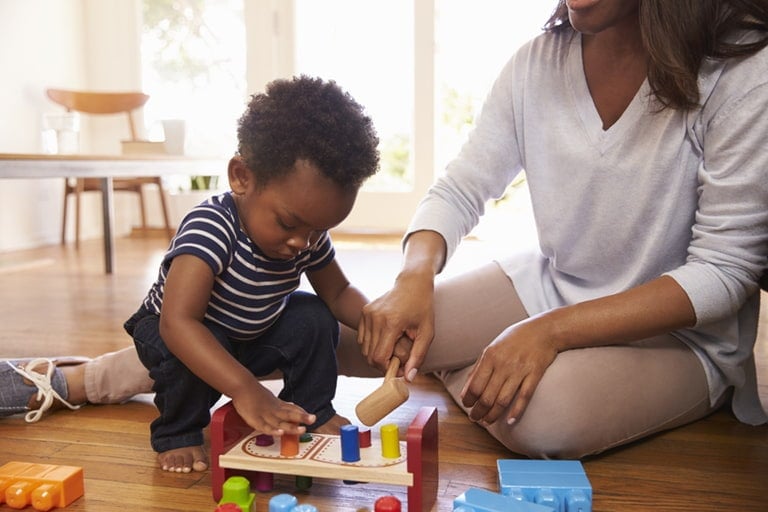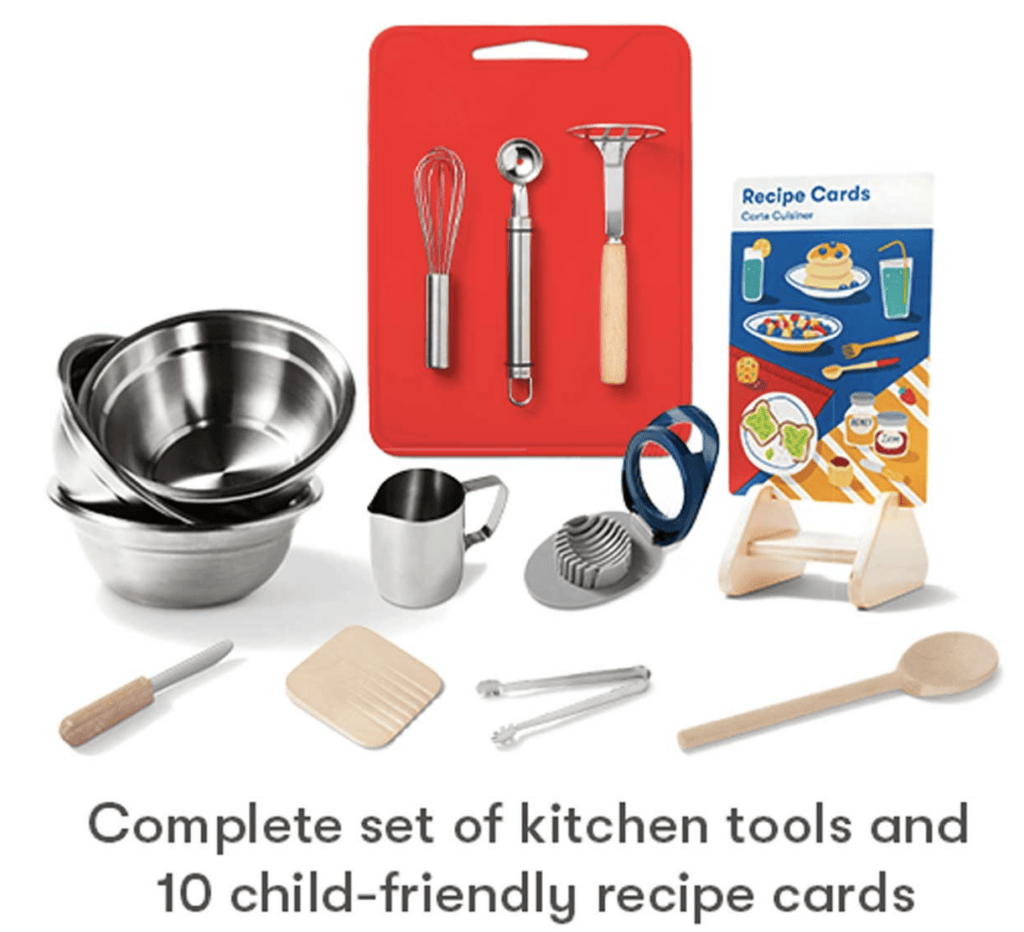Montessori wardrobes are toddler-sized wardrobes that are easily accessible to young children. They provide a sense of independence and self-expression for a child. Building a
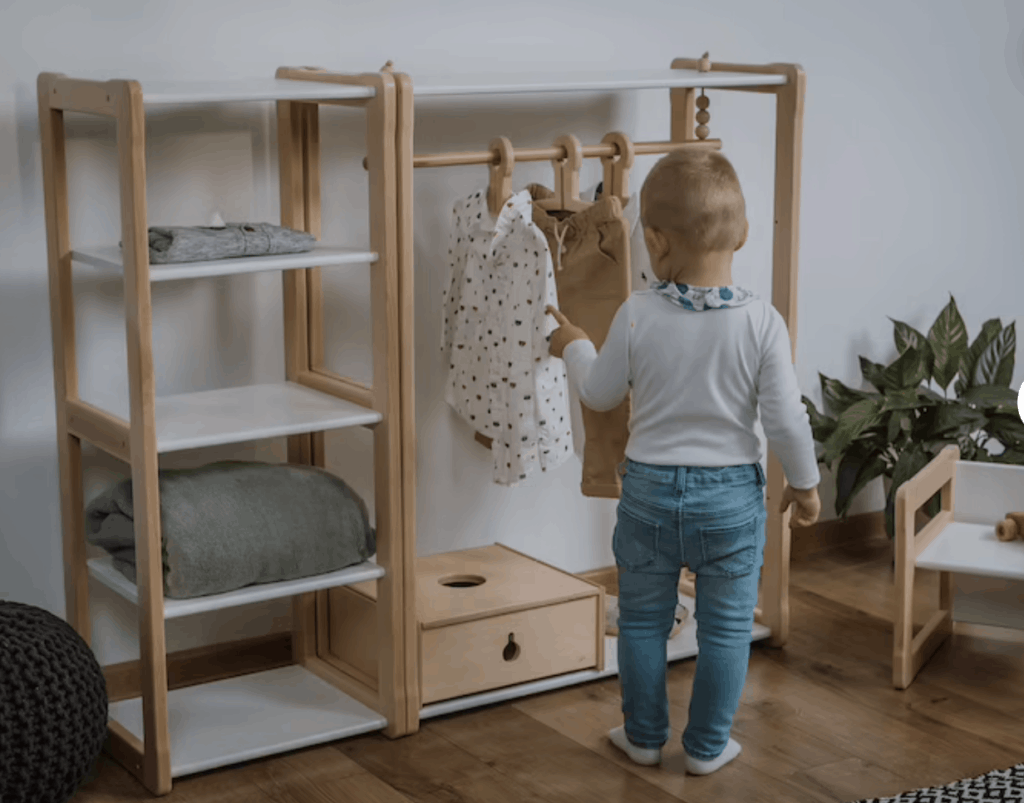
Anyone in any circumstance can provide a
What is a Montessori Wardrobe?
A
Benefits of Montessori Wardrobes
Like mentioned before, there are so many benefits to having a child pick out their clothes each morning. These are just some of the benefits that a
- Shows respect: One key principle of Montessori teaching is respecting the child. A huge part of fulfilling this principle is allowing the child to make their own choices without interference from a parent or other adult. The
Montessori wardrobe idea allows for that respect and trust to be built. The child is trusted with the task of choosing their own clothing each day, so a mutual respect and trust is established between parent and child. - Promotes independence and responsibility: Another very important principle of a
Montessori education is providing the child with independence and responsibility. This principle is supported in many aspects of a child’sMontessori education, including aMontessori wardrobe. The act of choosing their own clothes each day builds the child’s independence as they learn to make decisions on their own. They also begin to understand having responsibilities as they are now in charge of organizing their own clothes and dressing appropriately. - Develops self-pride and self-expression: A child with self-pride has greater confidence than one that does not. A
Montessori wardrobe gives the child a sense of pride that encourages them to continue making independent choices. Using aMontessori wardrobe also gives the child an outlet for self expression. When a child gets to choose what they wear, they get to express themselves, which also gives them more confidence that they can apply to other activities. - Teaches life skills: Self-care is an important life skill that every person should understand, and most do. When a child gets to dress themselves, it makes taking care of themselves exciting and will encourage them to enjoy other aspects of self-care like brushing their teeth, bathing, and brushing their hair. These life skills will stick with them as they develop a habit of dressing how they want every day.
How to Fill the Wardrobe
While the idea of letting the child have access to their clothes is simple enough, it is important to understand how to fill the wardrobe as the contents should be just as well considered.
Most importantly is filling the closet with seasonally appropriate clothing. By doing this, the parent does not have to intervene and break respect boundaries when the child wants to wear a swimsuit in the middle of winter. Setting out or making a few sensible options available each morning is a great way to start the child off with choosing their own clothes. As the child gets older and understands what they can wear for certain occasions, they can have more access to all seasons of their wardrobe.
Children are able to learn organizational skills through the wardrobe.
Making sure that the different kinds of clothes in the wardrobe are separated in some way is another important detail. While kids at younger ages might not recognize the importance of this, as they get older, children are able to learn organizational skills through the wardrobe.
Options for Montessori Wardrobes
Not all
Baskets and Hanging Space
The simplest way of making your child’s clothes available to them in a

Building it Yourself
While just setting out baskets and installing a rod for hanging clothes at your child’s height works perfectly well and will teach them the necessary skills, having their own special place to put everything that is their size can make the process of dressing themselves every morning very fun for the child. It will also help them be excited to take responsibility for this task. Instead of buying a
Buying from a seller
If you don’t feel like you have the time or skills to build a
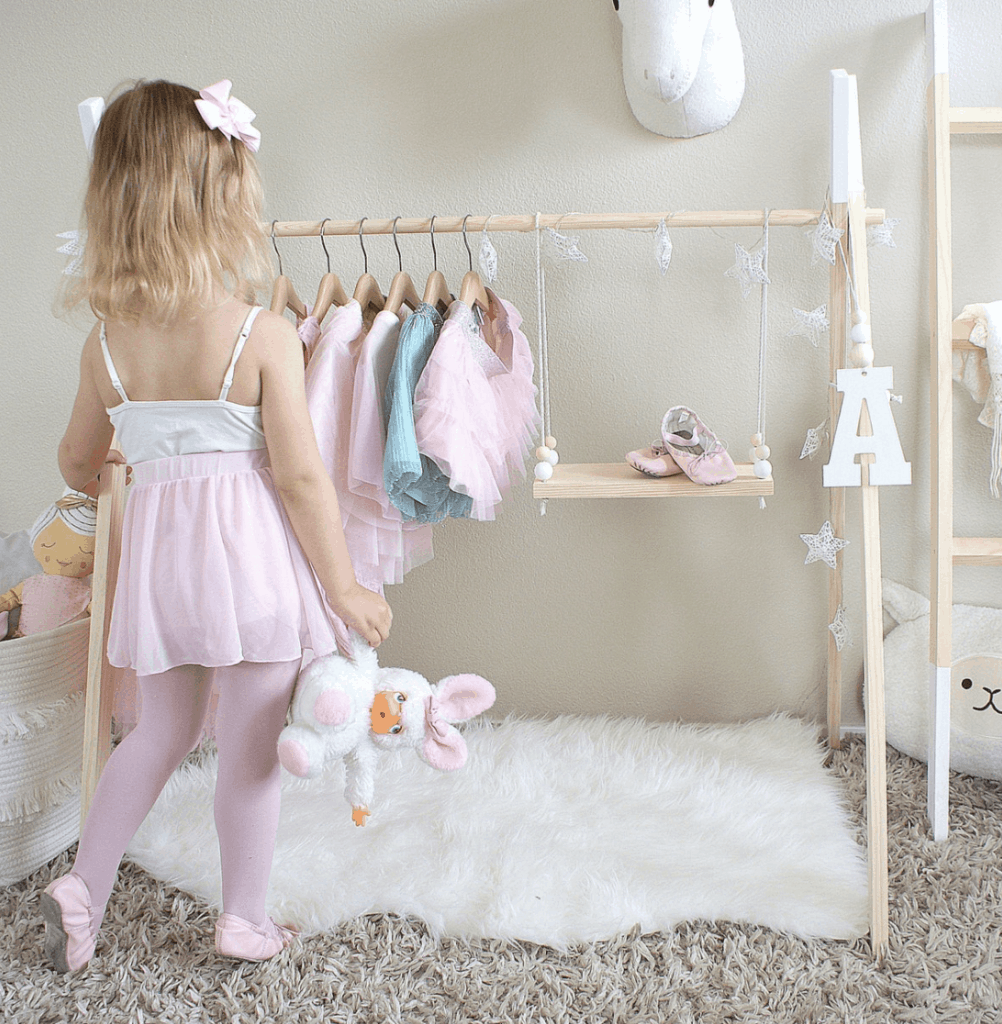
How to Build a Montessori Wardrobe
Building a
Use Existing Spaces in your Home
Building a
All you need to build this space are some baskets, buckets, or containers to hold clothes. The containers need to be easy to store and be able to hang from a tension rod. Organize each kind of clothing into separate baskets like pants in one, shirts in another, and socks and underwear in another one. You can organize them in any way you would like.
Each morning, your child can choose one item from each basket to dress themselves. For different seasons, you can limit the kinds of shirts in that basket to long or short sleeves.
Creating a space for your child to get to hang up some of their clothes is simple. One of the simplest ways to do this is to purchase a tension rod and find a space to install it. It can go in a closet or a small nook in their room. Make sure the rod is at about eye level for the child so they can easily hang up and take clothes off of the rod. Having the hanging rod and their baskets of clothes close to each other will help make getting dressed feel like one cohesive activity.
Build a Stand-Alone Wardrobe
Building a stand-alone wardrobe is a great alternative to buying one because it is a much cheaper option. This kind of project does require a lot of tools and the space to build it in, but it is worth it if you want to save money. We will outline a general way of building a stand-alone wardrobe however, there are more detailed instructions and 3D plans for a DIY
Materials: The materials for building a
Tools: Some tools that you will need are a table saw, a straight edge, sandpaper to prevent splinters, clamps, and a brush to apply the varnish or stain.
Following a plan is the best way to make sure your wardrobe fits within measurements and gives you the space to include any features like drawers or shelving that you want. If you have the skills in woodworking to feel like you can make it up on your own, then go for it! Whether you follow a plan or make your own, these steps will help you make a wardrobe that your child will be excited to use.
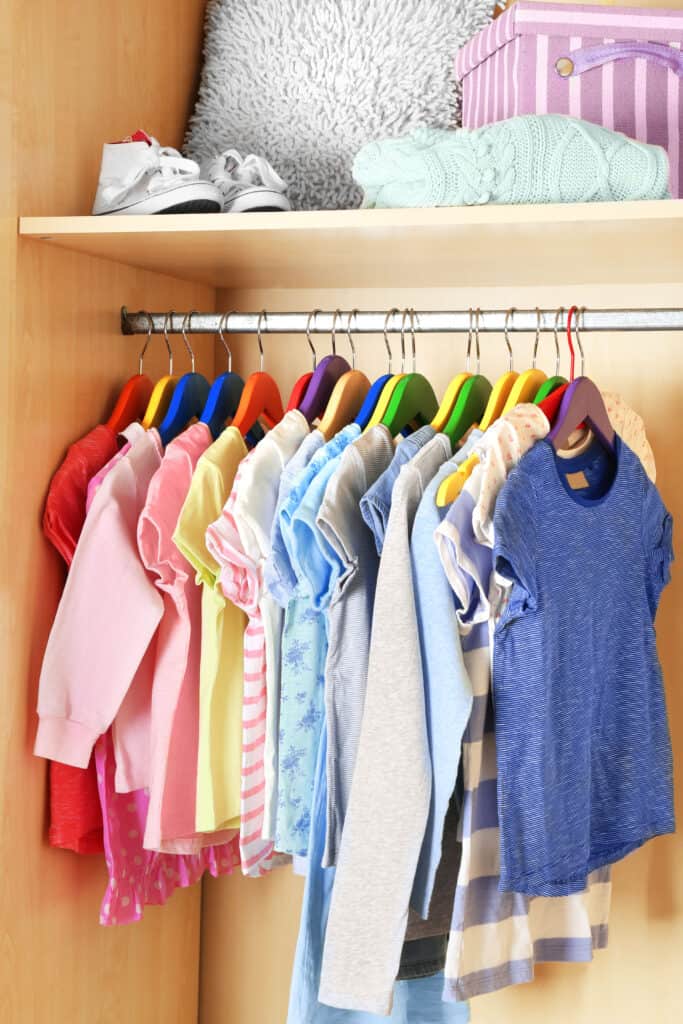
- Cut your wood: The very first step in this project is cutting all of your wood to the proper sizes. Make sure to plan out your measurements beforehand so that you don’t run out of wood. Cutting your wood to the proper sizes will help you know that everything will fit together when assembling. A classic way of planning the wardrobe is with shelving or room for drawers on one half and a larger space for hanging clothes on the other half.
- Assemble the boards: This is the most essential part of building the wardrobe for obvious reasons! Use the wood glue and clamps to glue the frame together. When that has set, decide how you want the shelving to be spaced within the framing. Glue the shelving in and add clamps for stability. Use your screws to increase the stability of the wardrobe in the frame and shelving.
- Install the hanging rod: In the space on one half of the wardrobe, install the dowel so there is a place to hang clothes. Makes sure it is at a height that the child can easily reach. Use wood glue to stabilize the rod and then add screws so that it will stay put if the child pulls on it.
- Sand the entire thing: Make sure that you sand down the entire wardrobe once it is assembled. Ensure you get every part of it. Sanding it will not only protect your child from splinters, but it will also help the varnish or stain apply smoothly.
- Finish the wood: Apply whatever finish you decide on to the freshly sanded wardrobe. A varnish, a stain, or a paint are all popular options.
And you’re done! These instructions are very general, so make sure to check out the previously mentioned website for more instructions.
Best Places to Buy Montessori Wardrobes
The final option for giving your child a
Buying from a
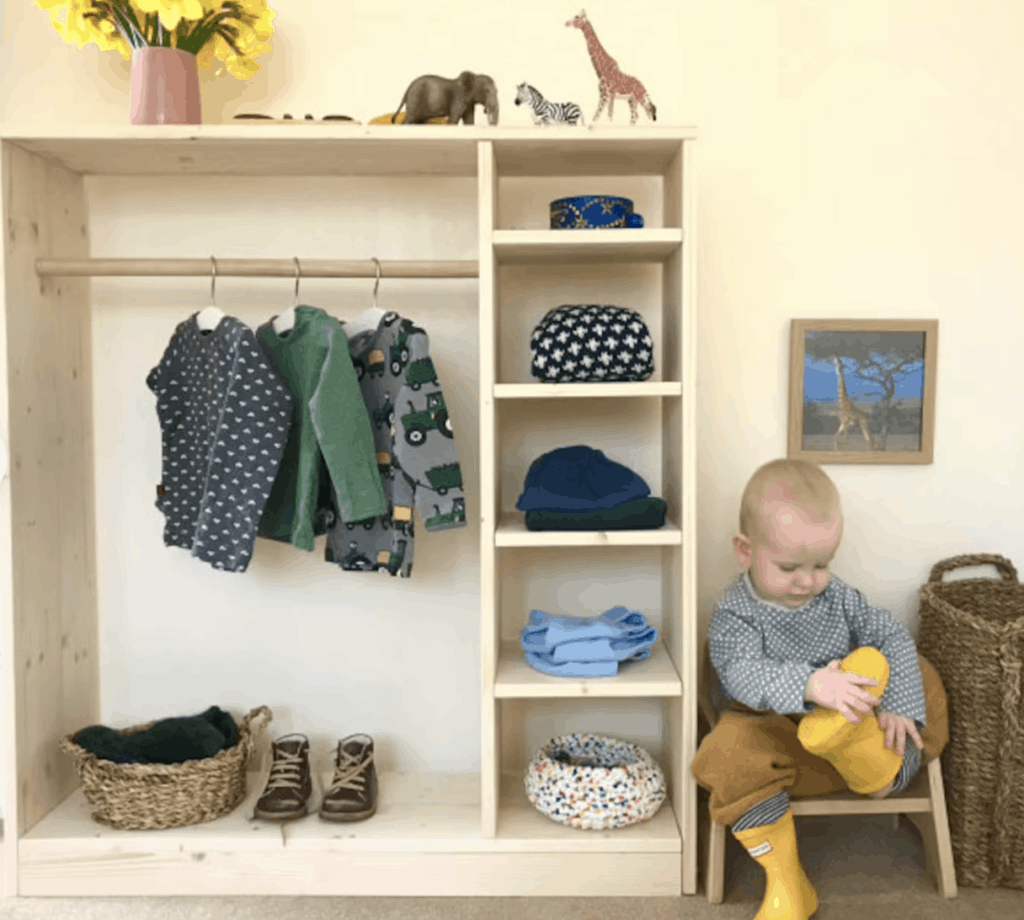
While it is another expensive option, buying from independent sellers on Etsy or similar sites is a great way to support other
Amazon offers some toddler wardrobe solutions as well, from a simple child-sized garment rack to a full child-sized armoire.

Another option is Ikea. While they sell toddler-sized wardrobes, a great option is buying a different piece of furniture that fits the size requirements. This is such a great option because it is often cheaper and can usually be customized with other Ikea pieces like drawers or doors. While you do have to assemble it, it is not nearly as much work as building a wardrobe from scratch.




